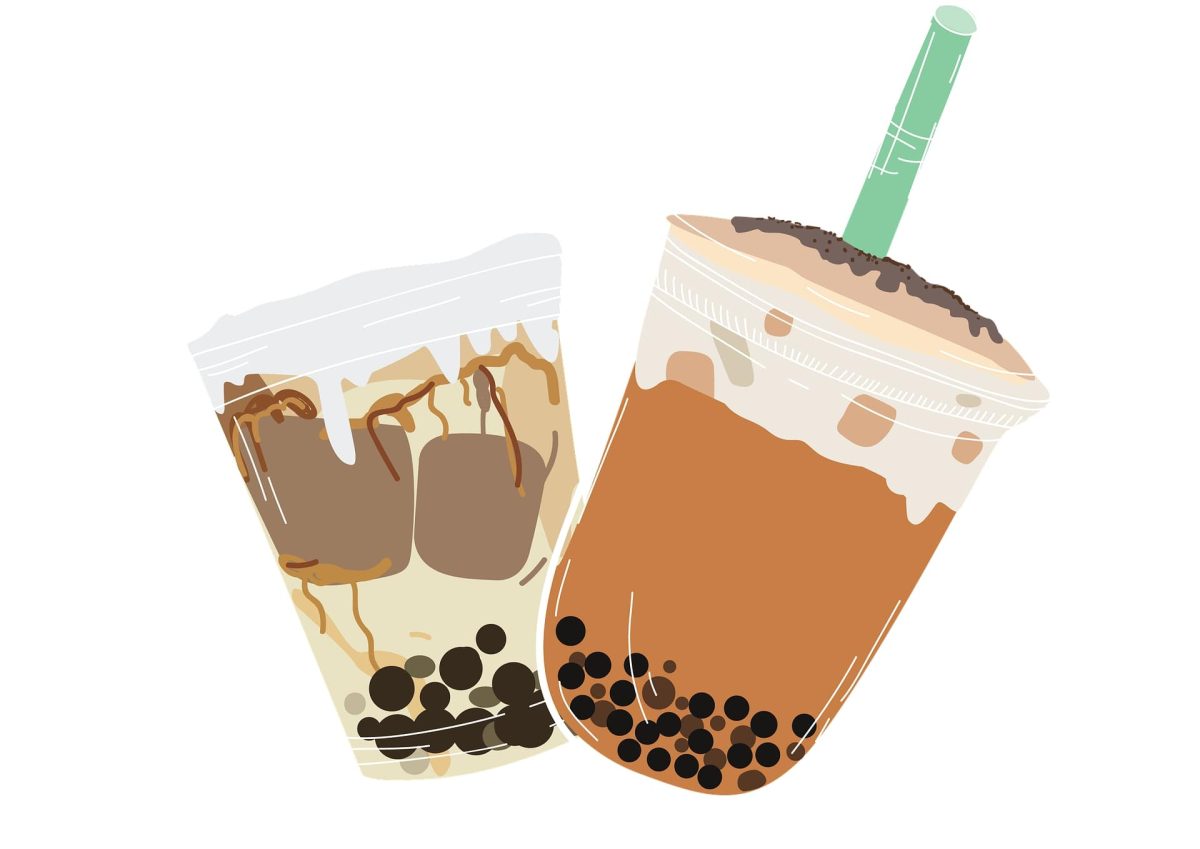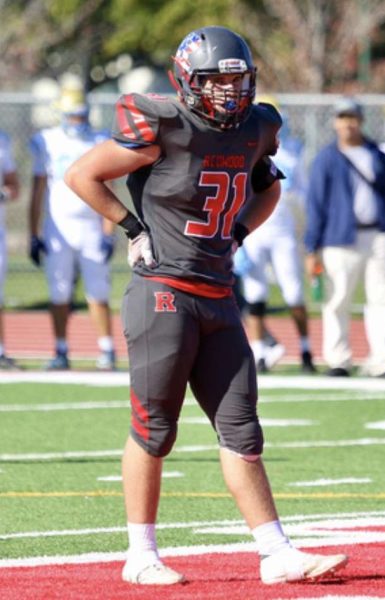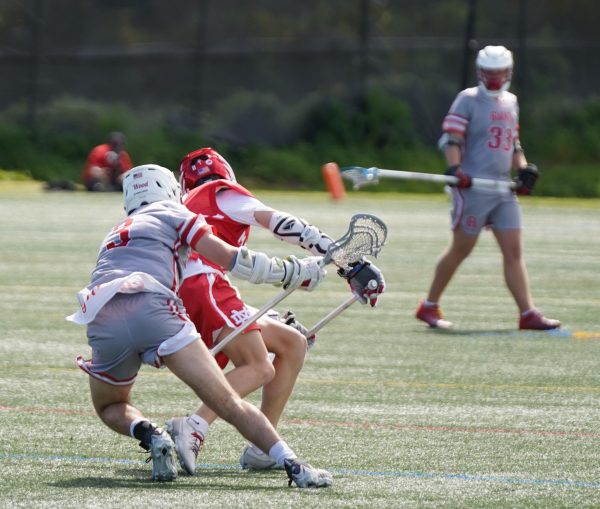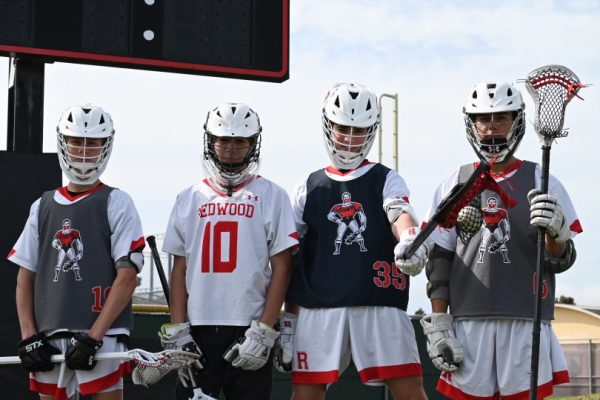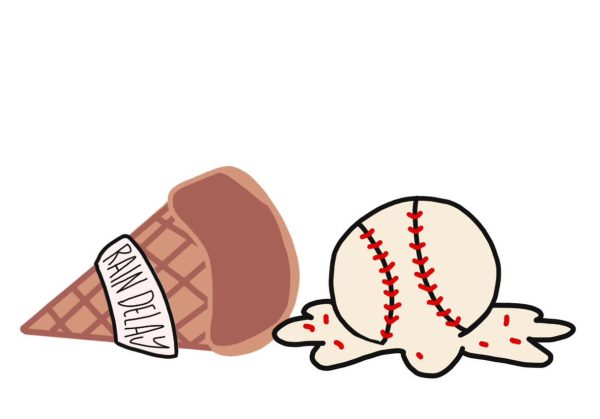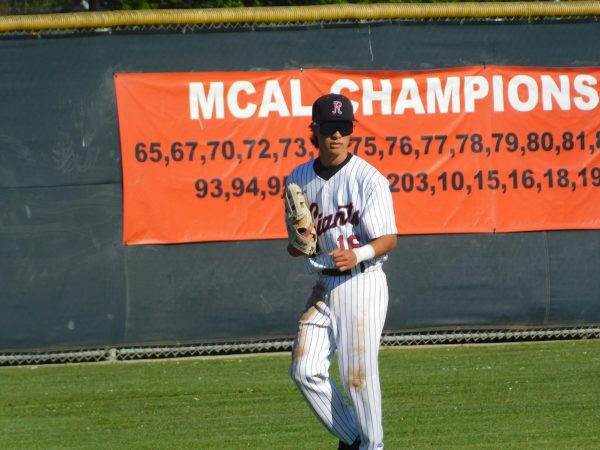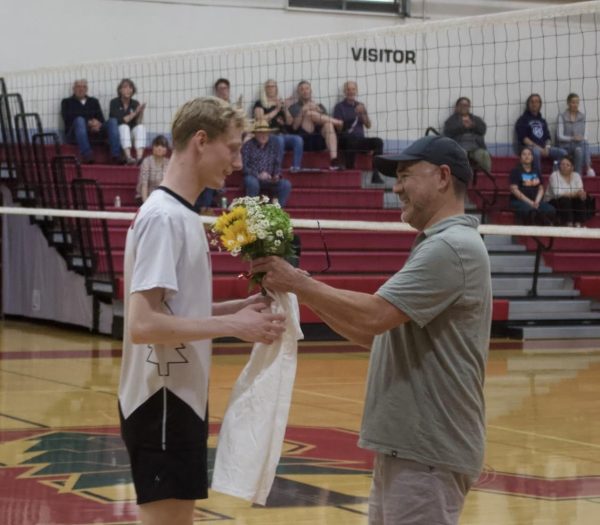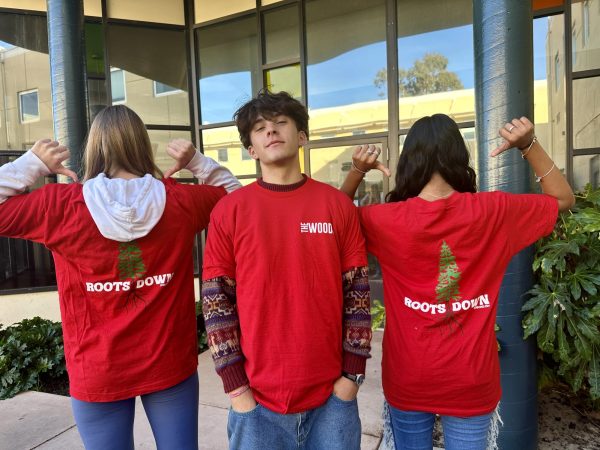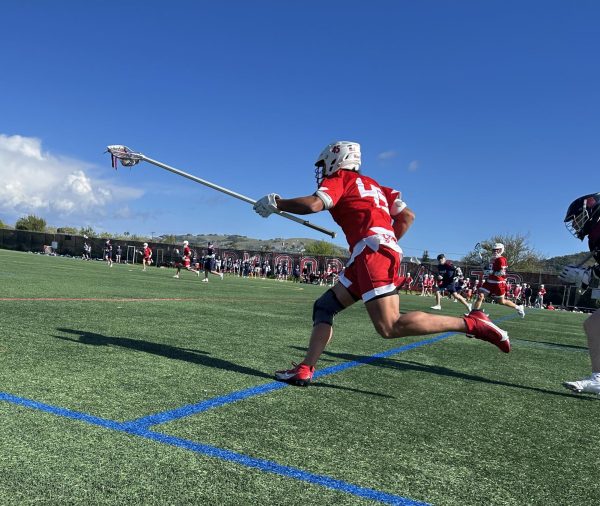Redwood skiers show physical and mental commitment
December 15, 2018
As the weather gets colder and reports of snow and fresh powder in Tahoe filter down to Marin, Redwood skiers gear up for their sport’s limited season. But with the exhilarating thrill of speeding down the slopes comes the threat of injuries. A few dedicated Redwood students manage to drive up to Tahoe almost every weekend for about five months in the winter, despite the risks. One of these students is senior Cutter Dawes, who has been skiing since he was three years old and was first introduced to the sport through his family.
“I learned the basic stuff with my parents and then went straight to ski team, which is basically lessons but more, ” Dawes said.
Another Redwood student, junior Chandler Moseley, started skiing from a young age and continued because of the opportunity to be on the mountain with friends and push herself to new limits, similarly to Dawes.
“When I got onto a team and started skiing with friends, it became a hobby, and now it’s my favorite sport,” Moseley said.
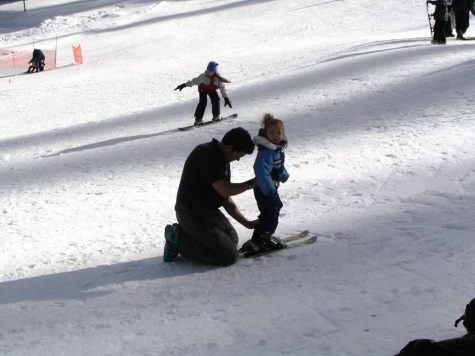
One of the most competitive teams, the Big Mountain Ski Team, is run out of Squaw, and several Redwood students are on it. The team is active from before Christmas until the end of April every weekend, and youth on the team are exposed to tough competition as well as tough conditions.
“On my team, there are a lot of really, really good locals and the Tahoe Junior Freeride Series teams go to these five or six competitions every year,” Dawes said.
The Big Mountain Ski Team consistently skis on hard, off-piste (ungroomed) runs with cliffs and rocks, and injuries are common in the challenging environment. One of the biggest risks is falling, and with the action-packed competition associated with Big Mountain skiing, Dawes is knowledgeable of the danger involved, but continues to pursue the sport.
“The difference is that you’re jumping a lot; people are jumping off cliffs and lips in the snow. You’re getting a lot of air, and that makes it much more dangerous,” Dawes said.
Adolescents skiing injuries are classified as Traumatic Brain Injuries (TBI) about 27 percent of the time, according to the U.S. National Library of Medicine, and Big Mountain skiing is no exception. The ungroomed snow can also make the competition even more dangerous, but creates thrill and adrenaline for skiers taking on the challenge.
“The snow can be treacherous. If you’re on a slope with a bunch of cliffs and you fall, there are times where you can fall over a cliff, or into other snow,” Dawes said.
According to the American Association of Orthopaedic Surgeons, 114,000 people are admitted to hospitals every year for skiing-related injuries, and about 30 percent of that group also has a bone injury, including dislocations. Dawes has personal experience with an injury in skiing, having dislocated his shoulder a few times while doing tricks.
“It wasn’t one time where [my shoulder] was totally dislocated, it was many times where it was just pushed out for maybe a second or two… so I didn’t really know what was happening.” Dawes said.
Despite the injuries, Dawes has loved the experience of skiing and being able to compete in the Big Mountain team.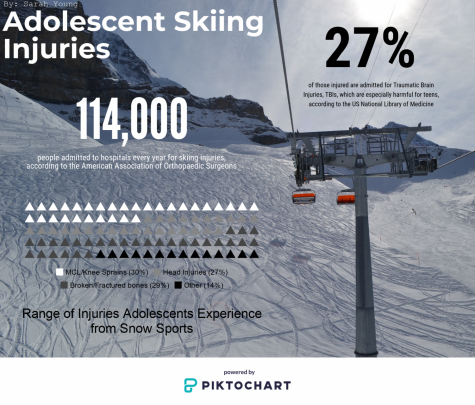
“I like the freedom of it. [In] ski racing you’re confined to a race course. Here it’s a lot more creative, a lot more exhilarating, and you can choose your run and all your own lines. You can memorize it and follow it but you’re creating the line,” Dawes said.
Injuries in skiing are fairly common, but for the average competitive skier such as Moseley, injuries are only a small distraction from the thrill.
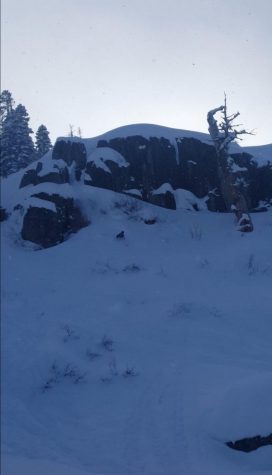
“I’ve fractured a growth plate in my knee by flying off a mogul by accident, which was probably my worst injury. I don’t like to push myself too far; I’m a cautious skier,” Moseley said.
In teams like Squaw Big Mountain, injuries are even more common, but for another student, senior Parker Tang, luck has been on his side. Tang also competes on the Squaw Big Mountain team, and although he’s seen many injuries, he has managed to stay safe on the slopes.
“I’ve always been more careful, but I’ve heard people blow out their ACL, break arms, break legs, but I don’t usually take on things I don’t think I can handle. I push myself to be a stronger skier, but I’m not a risk taker,” Tang said.
Coaches also play a key role in maintaining safe conditions. At Squaw, about two coaches are adequate for a group of six to eight skiers, and they ensure safety by scouting the routes ahead and alerting the skiers of possible rocks under powder or drop-offs.
“They are the adults; they make sure everything is alright. But they are usually fellow skiers, hanging out with us and making sure we’re safe,” Tang said.
Even with the knowledge of all these risks, the thrill and Tang’s love of the sport outweigh the threat of injury.
“[Skiing is] totally worth it… [You can] go beyond human limitation, going really fast while you have a lot of control over what you’re doing, and it feels really good to go over the snow and just skate over it,” Tang said.




